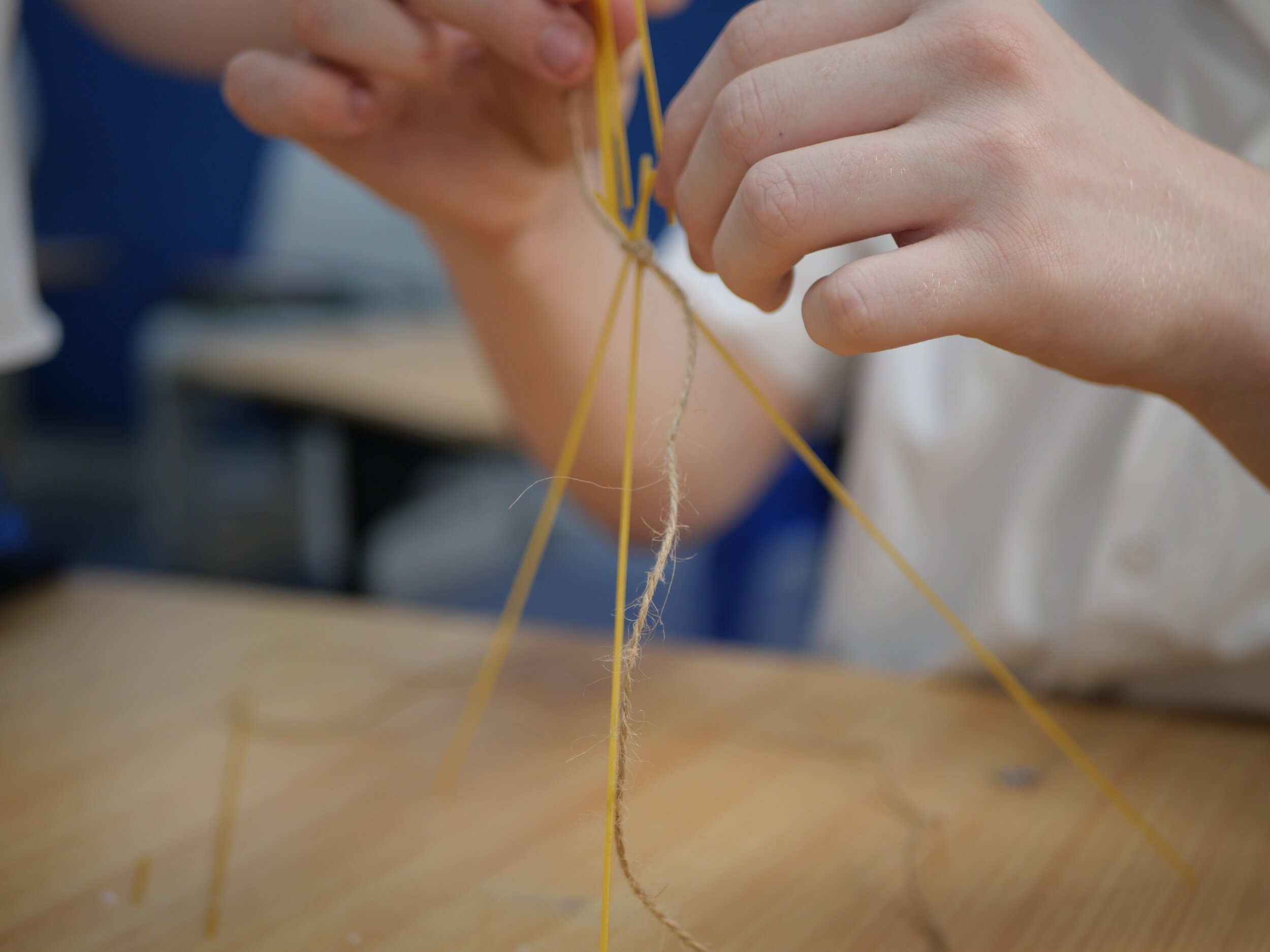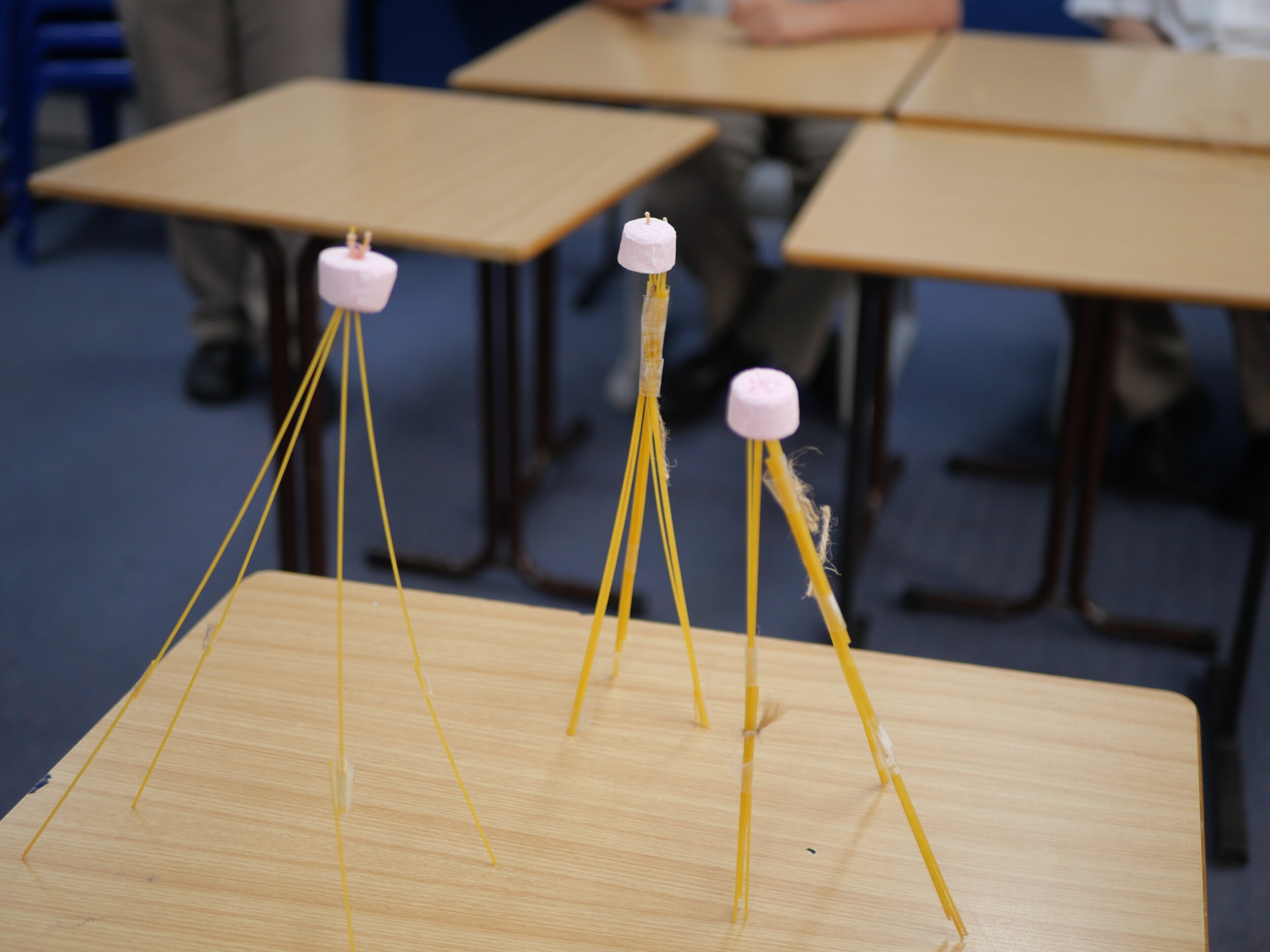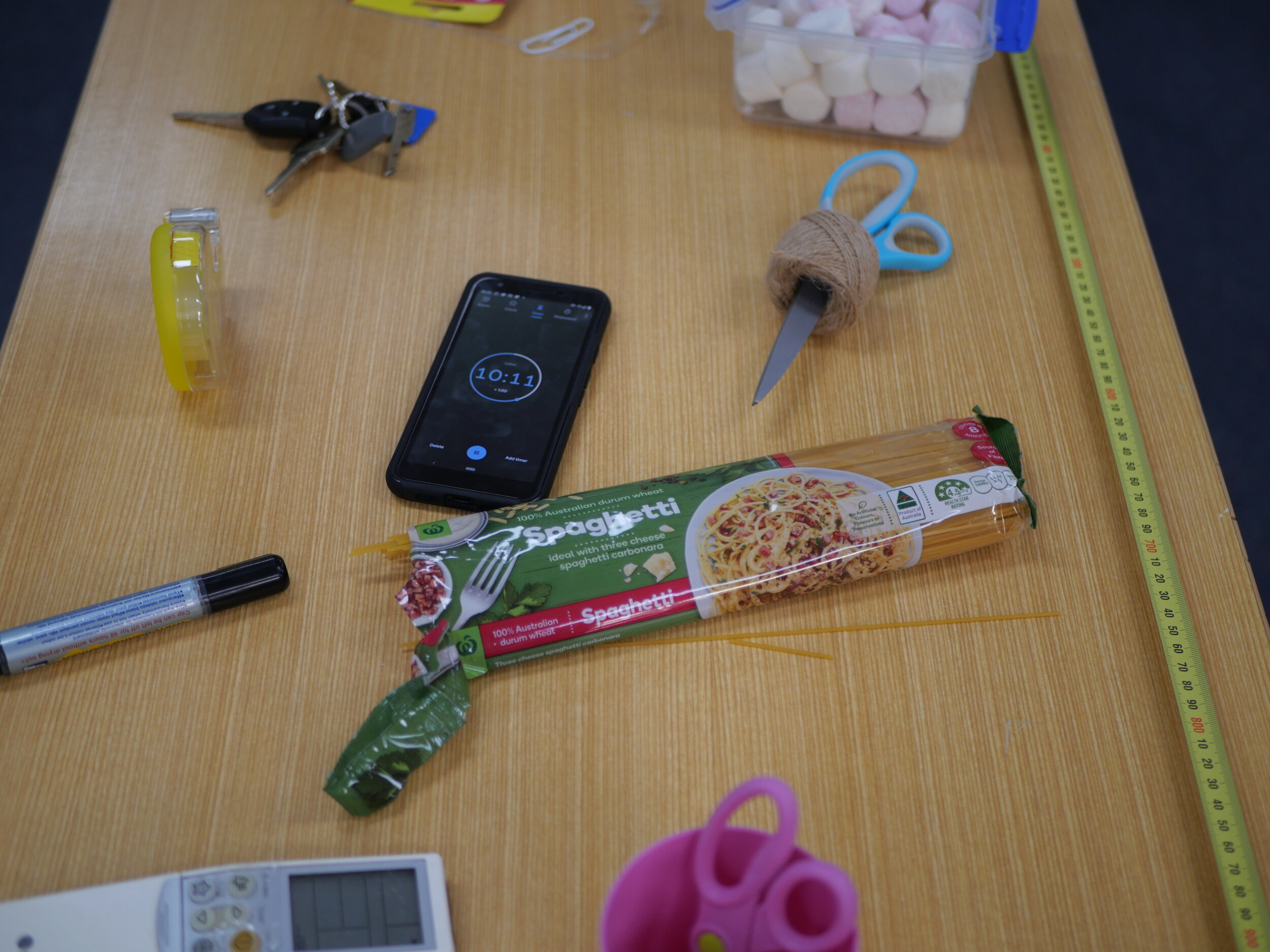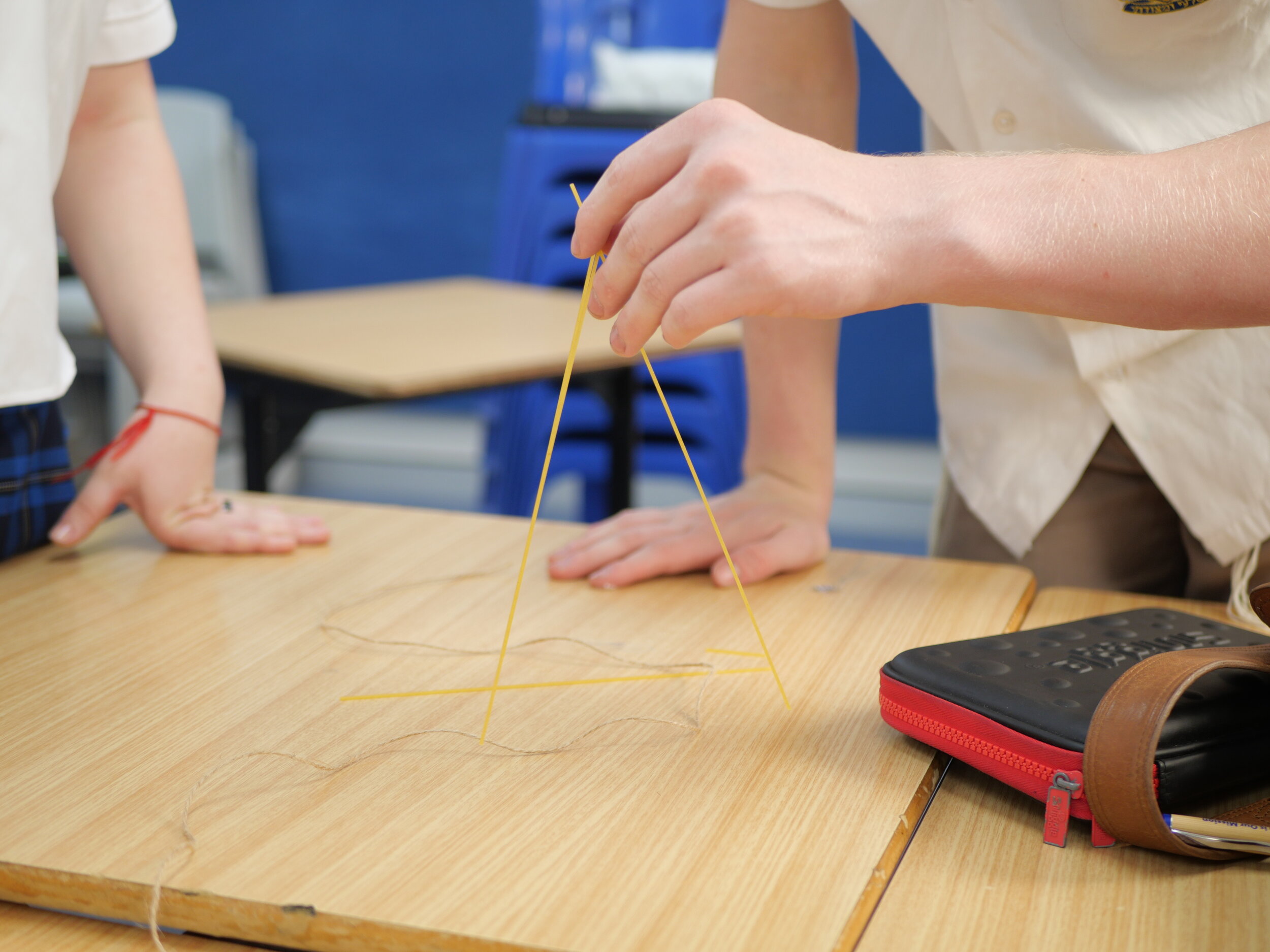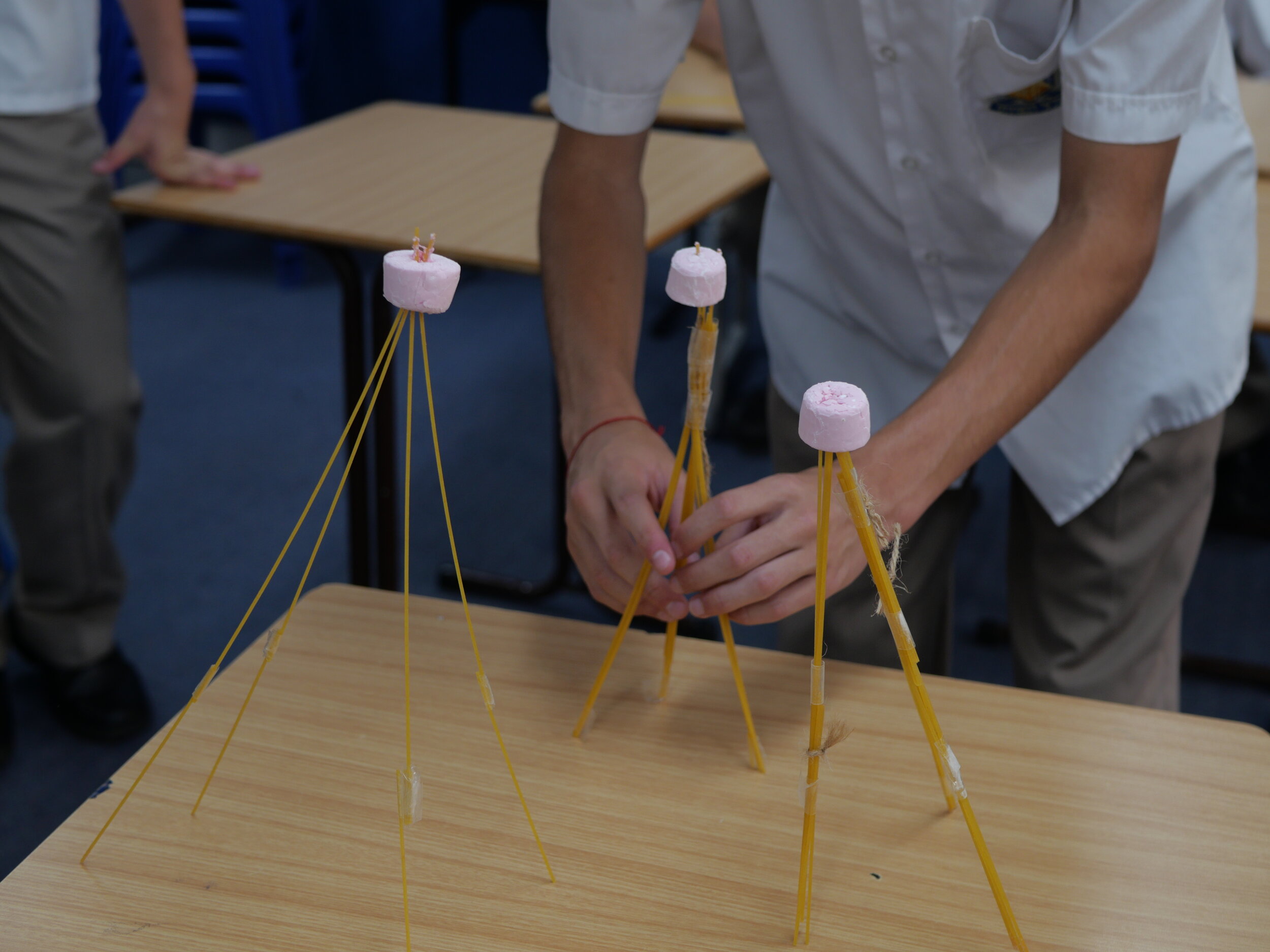Today's economics lesson: marshmallows
The study of economics is vast and complex. So, where to start?
When I take an economics class for the first time in Year 11 — day one, lesson one — I start the same way: without talking about economics.
As a teacher, I’m a huge fan of throwing students in the deep end, keeping them confused and guessing and thinking. I don’t feel like thinking happens when I ask students to stay seated, to write a definition of economics and the economic problem, and proceed from there.
Instead I use a hands-on activity to spark interest and engagement. And it involves marshmallows.
You may be familiar with the marshmallow challenge. People are placed in teams and asked to build the tallest free-standing structure they can create using only the following things:
20 sticks of spaghetti
1m of sticky tape
1m of string
Pair of scissors
1 single marshmallow.
The marshmallow must remain whole and intact. It’s placed at the very top of the structure. The structure can’t be attached to anything...you have to be able to pick it up and easily move it. The pasta, string and tape can be cut and broken up.
But this is all you get. Teams can’t get any more of any item.
The participants also have a time limit. I tend to use 20-25 minutes, but you could use less or potentially more.
I like this challenge because of its adaptability to Economics. As students create their structures, I write down the words and phrases they use on the board (see image below). I want to record their thinking as it takes place, as they experience frustration and encounter challenges.
Verbatim questions/comments from students during the challenge.
Because...the point of this challenge is to convey the economic problem: unlimited wants, limited resources. It would be much easier if students had days to complete this task, or infinite materials, or access to a qualified builder or engineer, or could consult the internet...the list goes on.
But the point is that, in economics, we have to make decisions with resource constraints: time, money, land, etc. Just as the students have to here.
This usually takes a whole lesson. The next lesson, I ask students to reflect on their experiences in the challenge and then introduce the idea of the economic problem. Which hopefully has more relevance as they’ve just experienced the nature of the economic problem with their marshmallows.


